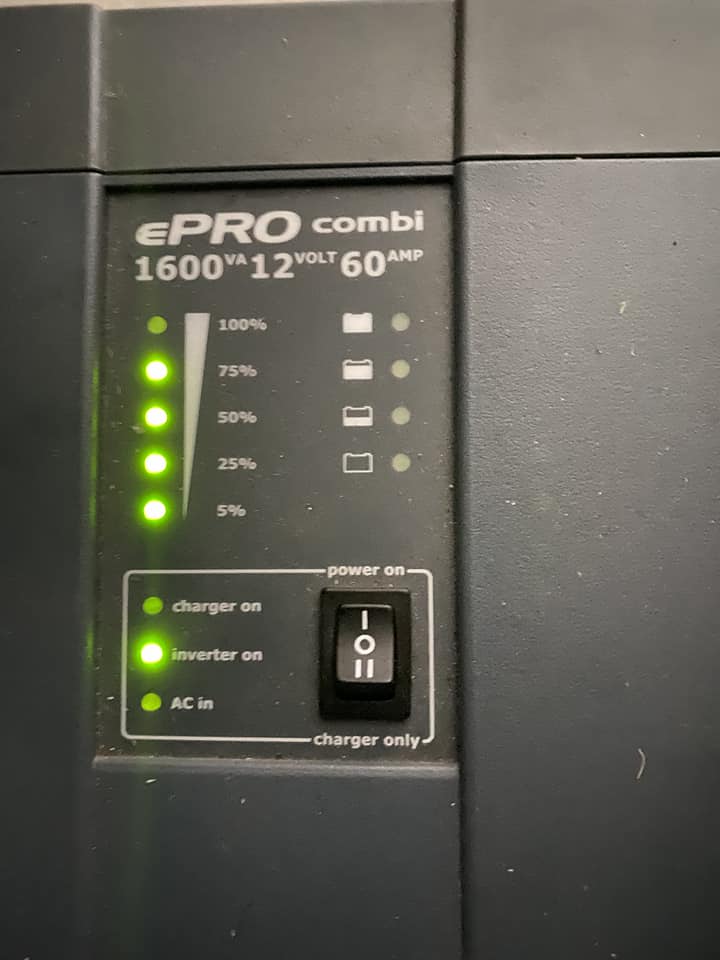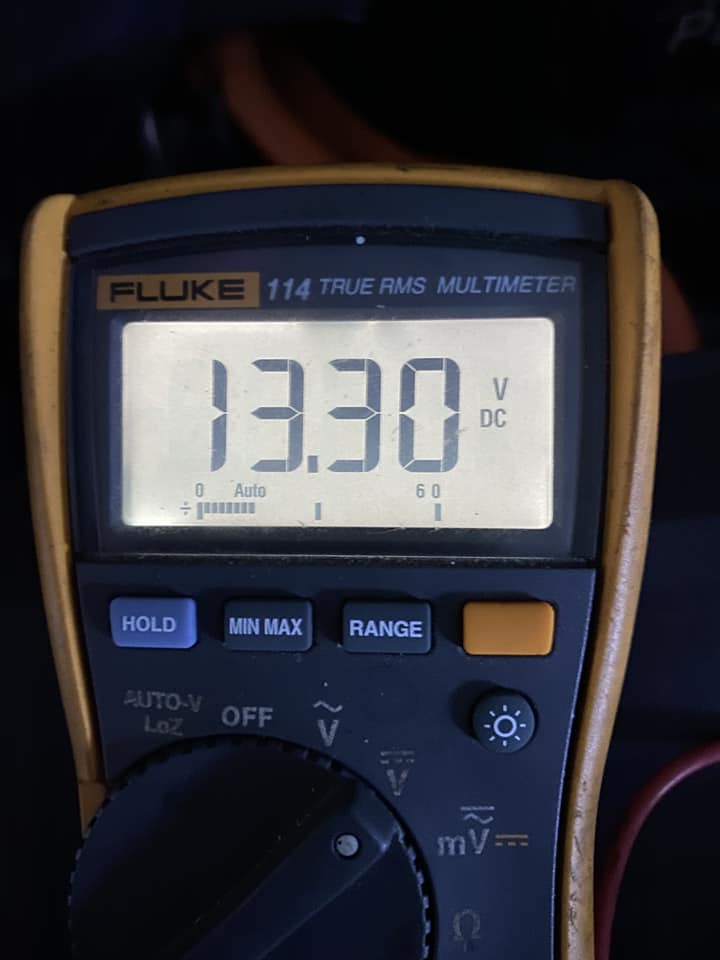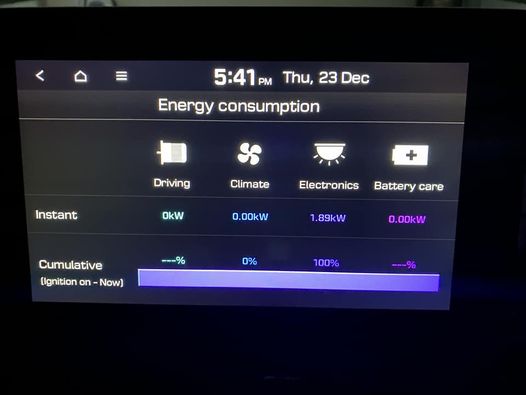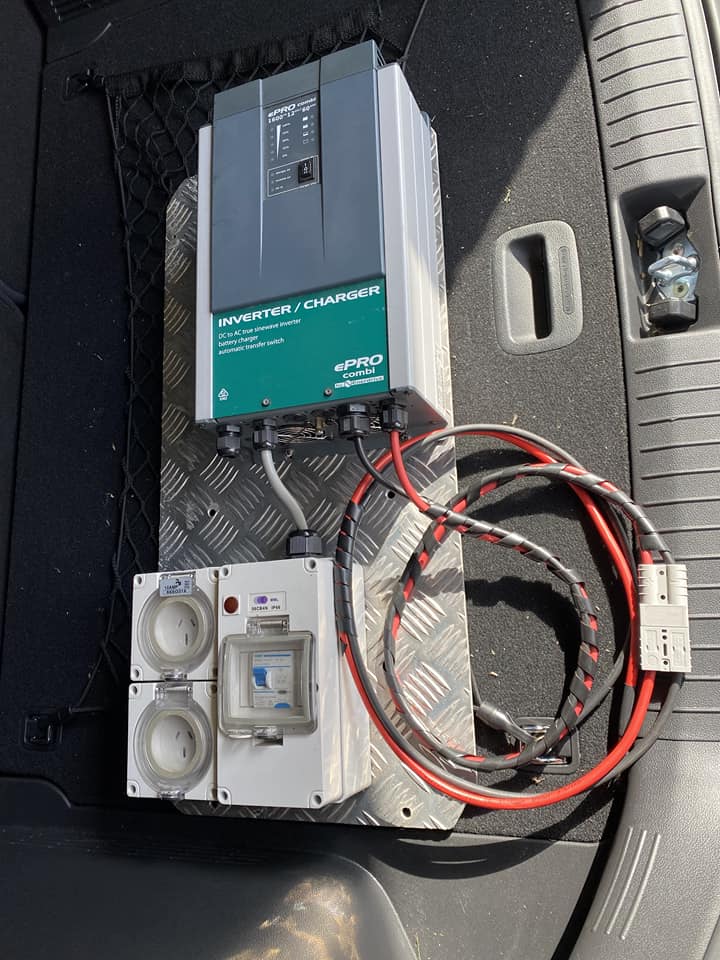
Please be aware that I am not an electrician and do not pretend to have any technical expertise. I am exploring the possibilities of what can actually done with EVs when necessary. You can read part 1 of this exploration into V2L capability here.
Digging a little deeper into the possibilities of powering your house from the V2L feature of your EV, we find there may be legal issues if you go too far. These appear to pertain to using your bidirectional charging to connect to the grid. Apparently, this is only available in South Australia at the moment.
Trials continue in Canberra, the nation’s capital — “a trial backed by the Australian Renewable Energy Agency (ARENA) was carried out in Canberra between June 2020 and March 2023 to test the technology in a local market. The Realising Electric Vehicles-to-grid Services (REVS) trial involved 51 Nissan Leaf EVs from the Australian Capital Territory Government fleet that when plugged in fed power back into the grid.”
Yep, each Australian state and territory has different electrical regulations, just like the rail gauges.
One Facebook correspondent wrote: “At the moment is it not legal to power your house with your EV, in the sense of using the high voltage battery powering an inverter supplying enough power to run air con, lights, hot water etc, etc. V2L (vehicle to load), however, is just like a generator you might have available to run your house in the event of a blackout. In such circumstances usually you need to switch off some circuits to stop overloading the power source (unless the sparky has already wired this in the changeover switch). Your car needs to have an inverter capable of supplying 240V on board.”
And from the United Kingdom, comments regarding MG 4:
“I have seen people in the MG4 UK forum setup using the MG4 battery as a battery backup that requires manual switch from Grid to Battery. Even though MG advertises that the car can only discharge at 2.2kW but they tested and found out it can actually sustain 7kW draw, which makes sense. The car has an onboard inverter of 7kW so I don’t see why it cannot discharge at 7kW. And I don’t think it is limited to just the MG4, the MG ZS EV can potentially do it, just make sure you have a sparky set it up correctly.
“Yes the MG can do it. You can get a vehicle to load (V2L) cable from MG and various other 3rd parties. You can use this to easily power various individual items from a power board or similar.
“As for using your car as a house battery on wheels…when I got my home charger installed, I asked the sparky about powering the house with the car and he said it is possible but will require some additional equipment to be installed but it’s not really viable for a consumer as it’s quite expensive and the technology to roll it out in mass isn’t quite there just yet.”
Another comment on the South Australian situation refers us to Quasar: “The only option for full vehicle to house/grid is a Nissan Leaf and a Quasar 1 in South Australia. Quasar is working on the second model, expected out roughly 2025.” They claim: “Quasar 2 transforms your electric vehicle into an ultra-powerful energy storage system that can power your home with cheaper, cleaner energy for up to three days. Our intelligent software and easy app experience mean you can access your energy on demand–whether for fast smart charging or energy efficient living.”
Then there is Tom Brady from Central Queensland. We Aussies are a resourceful lot. This is what he did with his Kona: “Never say never, even though the Kona doesn’t come with this feature where there is a will there is a way. We connect a 12v inverter to our Kona and put it in utility mode it keeps the DC-DC converter on allowing us to pull up to 100 Amps or around 1300W. We have run a fridge and a freezer, internet router and a few lamps for hours on end and it barely touches the battery capacity we worked out we have between 1 – 2 weeks of back up power sitting in the garage at any time.”

Load test on epro. Did a load test and used a waffle iron to cook some toasted sandwiches for dinner, kept the kids happy. Photo courtesy of Tom Brady.

Voltage stable. Even while pulling 1.89kW, the DC voltage remained stable at 13.30V. Photo courtesy of Tom Brady.
Tom tells me: “In Queensland as you get more remote and power outages become more common and often longer in duration many have been getting an electrician to install a generator change over switch and a generator input socket. They safety isolate the grid and then allow an ICE generator or EV with V2L to be used safely without the risk of back feeding to the grid, at least an EV with V2L can achieve this quietly.
“Depending on the size of the generator or EV’s V2L capacity one may need to isolate hot water, oven and stove pool pump. However it is very convenient then to get power safely to the essentials, fridges, lights, internet etc. My parents are inland of Gladstone and to this day their generators get regular use during power outages.”
Photos of changeover switches can be found here.
From an electrical engineer:
“I haven’t pulled out my V2L cable at all yet (only had the car a week and a half). But I can throw out some thoughts as an electrical engineer. A quick Google search claims this (the BYD Atto 3) to be rated to 16A or 3.3 kW
So it can power an entire single phase home, provided that:
- No large loads such as electric hot water or large air conditioners or pool heating systems are permitted to operate at this time
- The home does not draw more than the 16A total load during this period of time
No different to a generator really. Though I don’t get enough power outages to justify paying a sparky to re-wire the switch board with a suitable changeover.
It appears that there is still a great deal for us to explore as we find ever more valuable uses for our electric vehicles. Reminds me of stories I have read about the early innovators with internal combustion engines. Whatever you do, stay safe and get a professional to do the work.
I don’t like paywalls. You don’t like paywalls. Who likes paywalls? Here at CleanTechnica, we implemented a limited paywall for a while, but it always felt wrong — and it was always tough to decide what we should put behind there. In theory, your most exclusive and best content goes behind a paywall. But then fewer people read it! We just don’t like paywalls, and so we’ve decided to ditch ours. Unfortunately, the media business is still a tough, cut-throat business with tiny margins. It’s a never-ending Olympic challenge to stay above water or even perhaps — gasp — grow. So …






